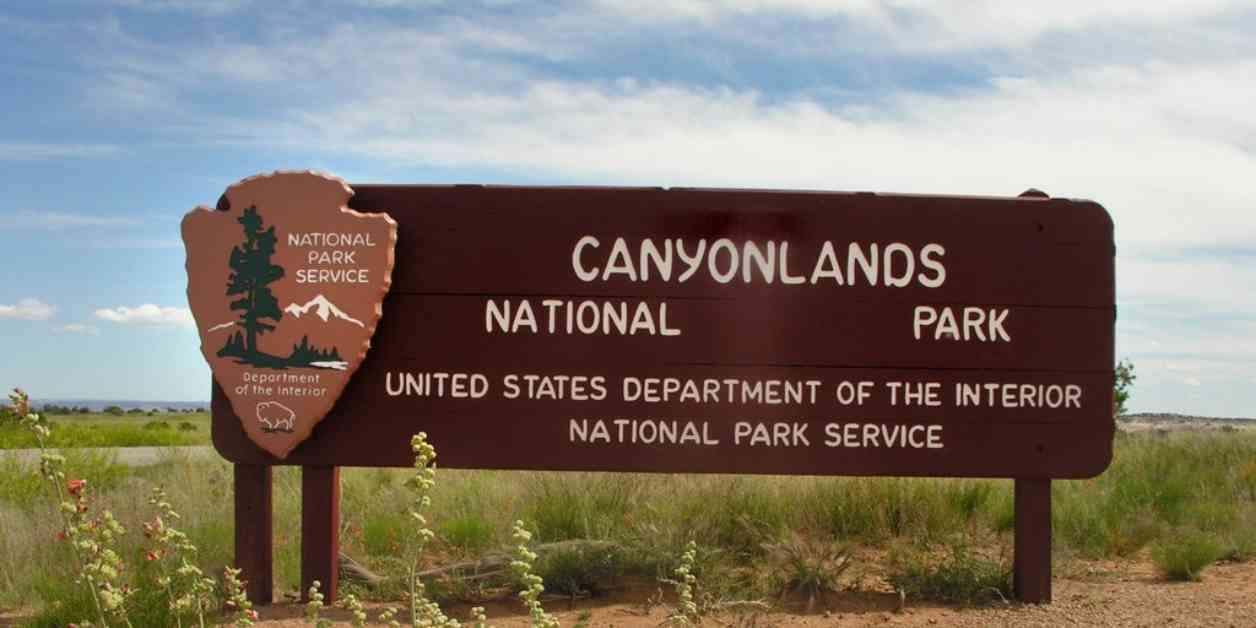A father and his adult daughter from Green Bay, Wisconsin, tragically lost their lives while hiking at Canyonlands National Park in Utah. The 52-year-old man and 23-year-old woman ran out of water on the Syncline Trail in scorching triple-digit temperatures. They were reported missing when a 911 text was sent from the park’s Island in the Sky district.
Despite the efforts of park rangers and personnel from the Bureau of Land Management in Moab, the father and daughter were found deceased when they were finally located. The NPS emphasized the importance of staying hydrated and avoiding strenuous activities during the peak heat of the day while visiting national parks.
In addition to this heartbreaking incident, a third hiker, a 30-year-old woman, was found dead at Snow Canyon State Park in Utah on the same day. Two other individuals were treated for heat-related issues, highlighting the dangers of extreme temperatures during outdoor activities.
These recent deaths serve as a grim reminder of the risks associated with hiking in hot weather. It is crucial for hikers to be well-prepared with an ample water supply, appropriate clothing, and knowledge of their limits. The NPS and San Juan County Sheriff’s Office are conducting investigations into these tragic events to determine the exact circumstances that led to the fatalities.
Unfortunately, this is not an isolated incident, as several other heat-related deaths have occurred in national parks in recent weeks. From Death Valley National Park in California to the Grand Canyon in Arizona, extreme temperatures have claimed the lives of visitors engaging in outdoor adventures. It is essential for all park visitors to prioritize their safety by staying hydrated, avoiding the midday heat, and recognizing the signs of heat exhaustion.
As the summer continues and temperatures rise, it is crucial for outdoor enthusiasts to take precautions and be aware of the potential risks associated with hiking in hot conditions. By following safety guidelines, respecting the environment, and being prepared for emergencies, visitors can enjoy the natural beauty of national parks while minimizing the dangers posed by extreme heat.


